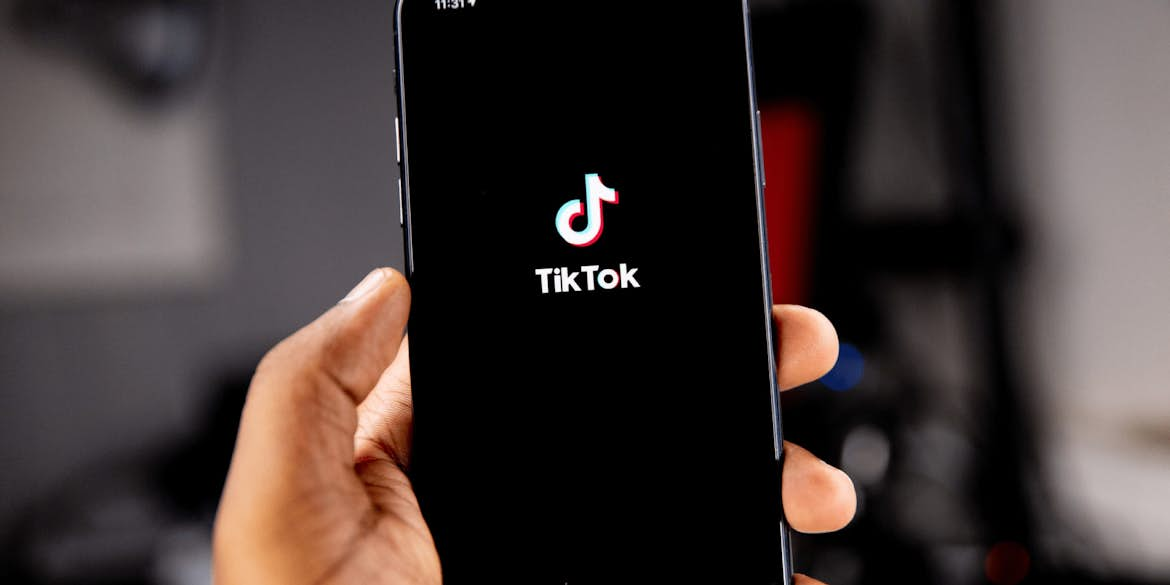How are Brands Using TikTok for Marketing in 2021?

With a whopping 2.6 billion downloads globally as of December 2020 & around 130 million monthly active users (MAUs), TikTok has emerged to be one of the biggest social media platforms in the last few years.
Although the platform is quite popular among millennials, brands have been slow at adapting to it. A recent TikTok marketing report stated that over 50% of top brands don’t have a presence on the platform, especially companies like Facebook, Google, and IKEA. If you own a business, there is no better time than now to include TikTok in your digital strategy, given that there’s not much competition on the app currently.
In this article today, we shall be looking at how brands are using TikTok for marketing so that you can get an idea of what you need to be doing to grow your brand on the platform.
Table of Contents
Organic Content for the Win
With a relatively young ad ecosystem, there’s a lot of focus on generating organic engagement for content posted on TikTok. Making content can be a helpful TikTok marketing strategy. However, it requires an extensive amount of creativity, resources & time to be invested regularly.
Be it the tutorials or behind-the-scenes videos and the various trends & challenges, brands such as Chipotle, NBA & Gymshark have been using TikTok to produce content that’s racked up massive numbers on the platform.
Rise of the ‘Influencer’
Influencer marketing has become a successful strategy for brands online in recent times & TikTok is no different. Creators have found newer ways of connecting with audiences on the platform, with videos ranging from comedy and dance to beauty tutorials becoming widely popular.
Brands too are beginning to recognize this & regularly engage with influencers for campaigns. It was no surprise hence that RedBull recently partnered with gaming influencer Keeoh to create a backflip video on TikTok with its product acting as a prop in the video.
Leverage the Power of Hashtags
TikTok hashtags are the most important part of any brand’s TikTok marketing strategy, as they can be used to generate organic conversation around a product or service. Hence, it is essential to select hashtags that encompass both trending & branded ones.
Netflix, for example, has experienced amazing growth on TikTok after offering branded hashtag challenges, such as #WhatsYourPower, a campaign that produced 1,000 user-generated videos, including six sponsored posts. They allow users to engage with content related to their interests while discovering brands that share these interests.
Use Music in your Posts
Videos on TikTok are dominated by music, as evidenced by the fact that 80% of the content analyzed for this TikTok marketing report contained upbeat tunes & songs, an unsurprising revelation considering that TikTok owes a lot of its popularity to dance videos.

TikTok also recently rolled out its Commercial Music Library’ which provides brands with 60,000 royalty-free songs to use in their videos. Companies like Aldrich Landscape have successfully gone on to inculcate original music in their TikTok strategy, showing how you don’t need to be a million-dollar business to grow on the platform.
Brand Integration
Another cool method brands are using to grow on the platform is via product placements and brand integration. Companies like Kaja Beauty, which creates a range of independent, Korean-inspired skincare products, use TikTok to produce interesting product-based videos around eye shadow swatching, sunlit lip gloss application & mousse primer pump that have garnered millions of views on the platform.
Inclusion of on-Screen text Elements
A major trend we came across while analyzing the data for our report on TikTok advertising was the increased use of on-screen text in many videos. Adding on-screen text enables you to add side notes and commentary to your videos and helps with including clear CTAs that inspire audiences to take action.
E-commerce brands, in particular, can gain a lot from this as it helps them easily advertise exciting offers & deals subtly.
Food, Gaming & Tech are Growing
Technology, gaming, and food are among the fastest-growing categories on TikTok. Technology brands are the standout performers with 2.3 million views per post, followed closely by food & news as the next-best categories.
Brand accounts such as ‘So Satisfying’ are quite impressive, which has clocked an average of 14M views on its videos by providing interesting commentary on mundane, everyday topics.
While the industries you operate in can impact the number of views, creativity is the ultimate yardstick for measuring the impact of your TikTok marketing strategy.
Brands Creating Region-Specific Content are Growing
TikTok seems to have cracked the code for localized marketing as a social platform. Before its suspension in India last year, brands, creators & celebrities were using the platform extensively to market their content through various campaigns.
Popular consumer brands like Lush, too, have grown exponentially by using a region-specific TikTok marketing strategy where many of their regional accounts, such as ‘Lush France,’ are tapping into newer markets by offering content with captions in different languages.
Post at Least 3 Times a Week
Like YouTube, the TikTok algorithm rewards creators for their consistency by helping improve the discoverability of your account. The findings from our report on TikTok marketing found that brands which post at least 3 times a week are more likely to grow on the platform than the ones which upload content, say just once or twice a week.
If there’s one key takeaway from this report, it surely has to be that creativity & consistency are one of the key metrics to achieve success on TikTok. We hope that this study helped guide you towards formulating a winning TikTok strategy for your business & would love to know your opinions on how other brands are growing on the platform.
Feel free to share this article with your friends and colleagues who you think could benefit from using TikTok to market their business.







